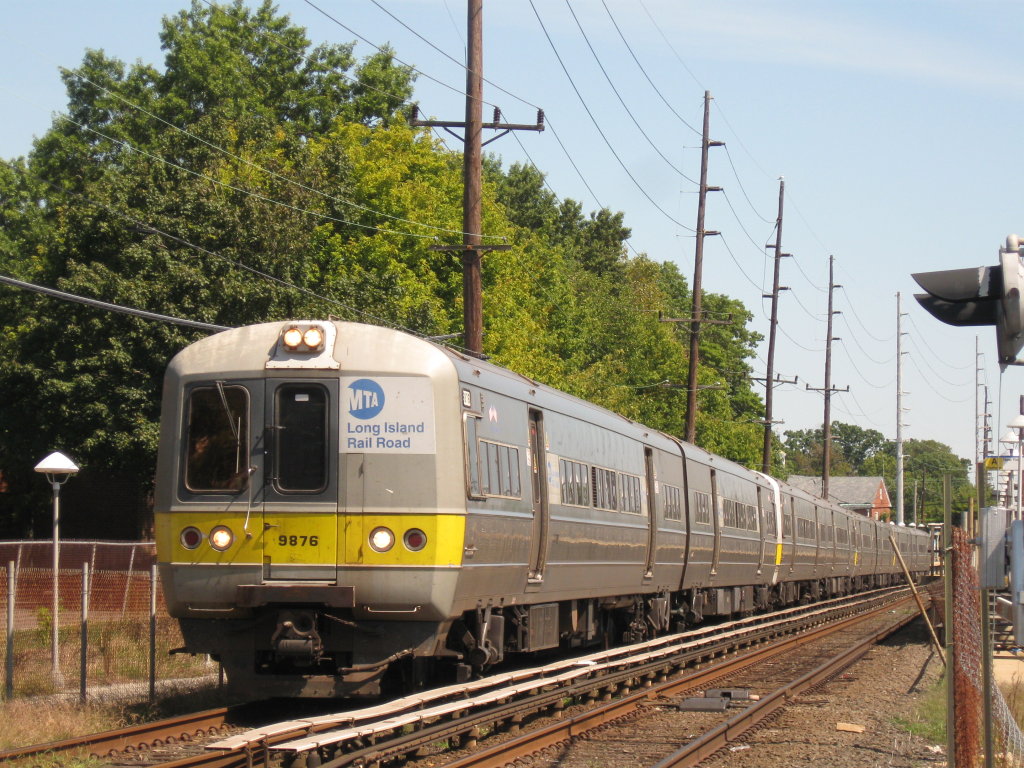13 people injured after LIRR train derailed in Queens, NYC
 Thirteen people were injured after an LIRR train derailed in Queens, NYC last week. Approximately 100 people were on board an 8-car train when all the cars derailed near Jamaica Station. Thirteen passengers sustained leg and back injuries in the accident.
Thirteen people were injured after an LIRR train derailed in Queens, NYC last week. Approximately 100 people were on board an 8-car train when all the cars derailed near Jamaica Station. Thirteen passengers sustained leg and back injuries in the accident.
Although speed was not a factor, an investigation is ongoing to determine the cause of the accident.
Train derailments are complex accidents that can result from a combination of factors. Some of the most common causes of derailment include:
- Track Defects: One of the primary reasons for train derailments is the presence of track defects. These defects could include misaligned rails, worn-out ties, or damaged switches. When a train encounters a faulty section of track, it can lead to wheels losing contact with the rails, ultimately causing a derailment.
- Human Error: Train operators play a crucial role in ensuring the safe operation of trains. Mistakes made by train crew members, such as improper braking or excessive speed, can result in derailments. In some cases, fatigue or distraction may also contribute to these errors.
- Mechanical Failures: Malfunctions or defects in train components, such as wheels, axles, brakes, or couplings, can lead to instability and derailments.
- Weather Conditions: Adverse weather, such as heavy rain, snow, ice, or extreme heat, can affect track integrity, reduce traction, or cause other conditions that contribute to derailments.
- Improper Loading or Overloading: Incorrectly loaded cargo or an overloaded train can disrupt the balance and stability of the train, leading to derailments.
- Collision or Obstruction: Collisions with other trains, vehicles, or objects on the tracks can generate enough force to derail a train. Debris or obstacles on the tracks can also interfere with the train’s movement.
- Defective Equipment or Maintenance: Poor maintenance practices or the use of faulty equipment can compromise the safety of train operations and increase the risk of derailments.
- Infrastructure Failures: Failures in bridges, tunnels, signals, or other critical infrastructure elements can contribute to derailments.
- Sudden Jolts or Impacts: Sudden jolts or impacts, such as hitting a bump or going over a defect in the track, can cause enough disruption to derail a train.
- Human Sabotage or Vandalism: Deliberate actions by individuals, such as tampering with tracks or equipment, can lead to train derailments.
It’s important to note that many train derailments result from a combination of factors rather than a single cause. Investigating and preventing train derailments requires a comprehensive approach that addresses various potential factors and emphasizes safety, maintenance, and proper operational practices.
 New York Personal Injury Attorneys Blog
New York Personal Injury Attorneys Blog


